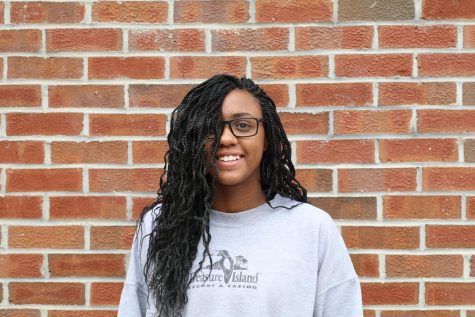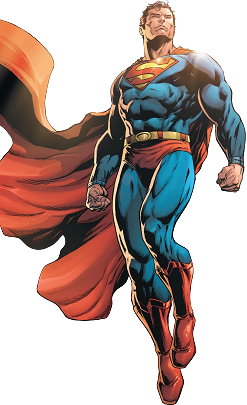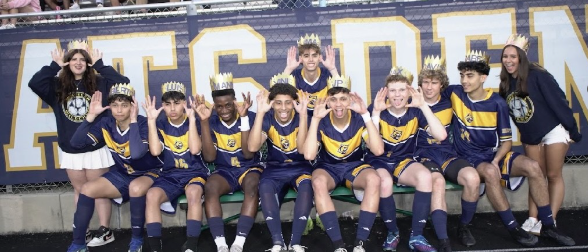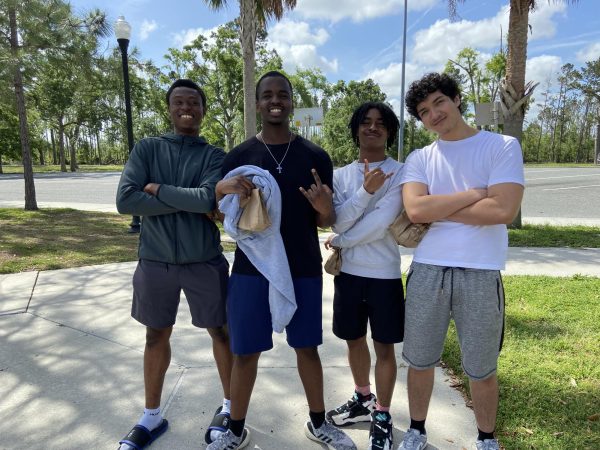World of Dance
Music and dancing are a massive part of today’s culture. It’s a universal language that brings people from all around the globe, no matter their nationality, physical disability, or foreign origins, together in harmony. Some examples of this with dance; Whip, Nae-Nae, Dab, Milly Rock, Zumba, and maybe even Twerking can bring people together. Other examples of music would be; K-pop, Hip Hop, Classical, and almost all the overplayed music on the radio.
Throughout all my experiences as a dancer, I’ve learned that no matter what you do or what style of dance that is attached to there’s someone from across the world that won’t understand a word you say, but both of you could create and complete a whole dance routine. Even with the language barrier thanks to rhythmic counting and spontaneous action noises. Shelly Anderson, a fantastic dancer from Birmingham, England, told me during our interview “I can testify and say that it does bring people together, I danced at a dance camp in 2013 and my friendship group consisted of three Aussies, a Mexican girl, Italian guy, Portuguese guy, Romanian girl, myself who was English, a Japanese girl, and a Korean girl from Alaska. They are some of my closest friends to this day. When I went to Japan (despite speaking the language a little bit) inside the studio whilst dancing there wasn’t really ever a need because dance is universal, you can be happy and scream and clap with someone whilst dance, and they know you appreciate something they did, (I later learnt the words for “that’s amazing or an excited “yeeesss!!!” Or “wow”). Dancing breaks all barriers and doesn’t discriminate against me. I do love it.”
But not only does it bring people together, but it also helps a lot of people learn and understand different cultures that are foreign to them. For example in most Spanish classes not only do you determine the language you’ll soon learn some of the customs. In most classes they bring in the food from the country or region the class is learning about, but also other courses they have the students try and learn dances from the culture. Even in the history classes that I have taken, we learned about how the Native Americans used The Art of Dance in a multitude of rituals, which they believed would help communicate to the God’s of their religion and will bring them the things their Village needs. The most common example of this is the rain dance, which is usually inappropriately used in media to represent the Native Americans. In many cultures dancing is just more than just something everyone can do as an amateur, it means something, like interpretive dance, tells a story, the dance Epilinios was a dance done by the ancient Greeks to celebrate the god of wine and theater during their festivals.
Dance always bring joy to every, doesn’t matter if you do it for a living or just do it for fun, it still feels right to do it. Dancing has a lot of benefits like it’s good for exercise, reducing stress, giving people an outlet to express themselves more, and even help some get through traumatic events. Dance therapy is something that most people don’t put in the category of things that can help as a way to mental or even physical healing. Every time I talk to other about it they are usually very skeptical about it just because it does not involve sitting and talking to a therapist about your feelings and issues, that it isn’t a valid or productive means to mentally heal one’s self. Though in my personal experience dance therapy helps you open up to be able to talk.
Dance has always been brought up in media as a competitive activity, and of course, there will still be the argument that it isn’t a real sport. But not one person that I’ve talked to about dance has spoken negativity on dance or can deny the good feelings and all of its different types of benefits that it brings to society.
“I see dance being used as communication between body and soul, to express what it too deep to find for words.” – Ruth St. Denis

Aalejah is a senior at Wheeler High School. This is her first year with the Catalyst. She is very much into the arts, but she used to play hockey, soccer,...




